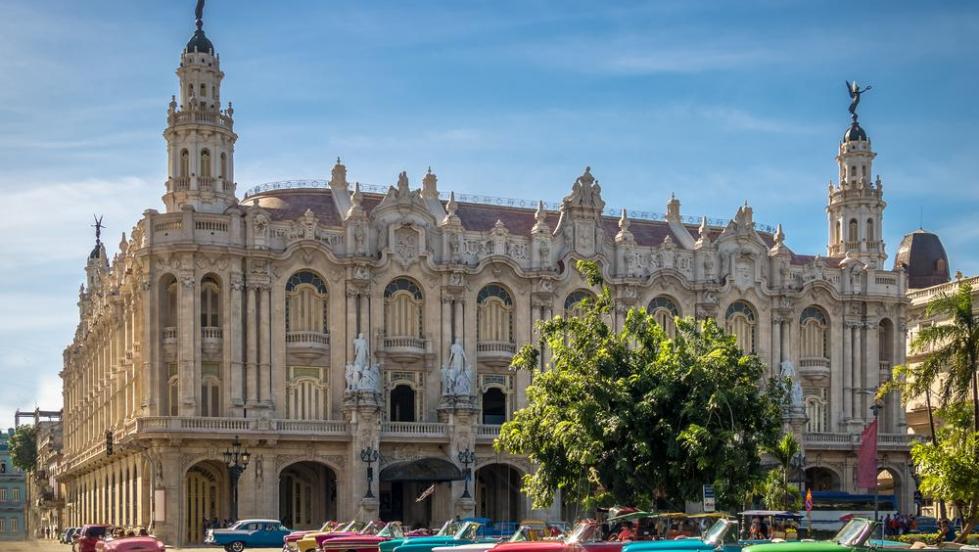About Cuba
Prior to Spanish colonization in the late 15th century, Cuba was inhabited by Amerindian tribes. It remained a colony of Spain until the Spanish–American War of 1898, which led to nominal independence as a de facto United States protectorate in 1902. Approximately 3 million tourists visit Cuba annually, making tourism one of Cuba’s top income sources. Cuba has tripled its market share of Caribbean tourism in the last decade; as a result of significant investment in tourism infrastructure, this growth rate is predicted to continue. Culturally, Cuba is considered part of Latin America. It is a multiethnic country whose people, culture and customs derive from diverse origins, including the aboriginal Taíno and Ciboney peoples, the long period of Spanish colonialism, the introduction of African slaves, and a close relationship with the Soviet Union in the Cold War. With the entire island south of the Tropic of Cancer, the local climate is tropical, moderated by northeasterly trade winds that blow year-round.
